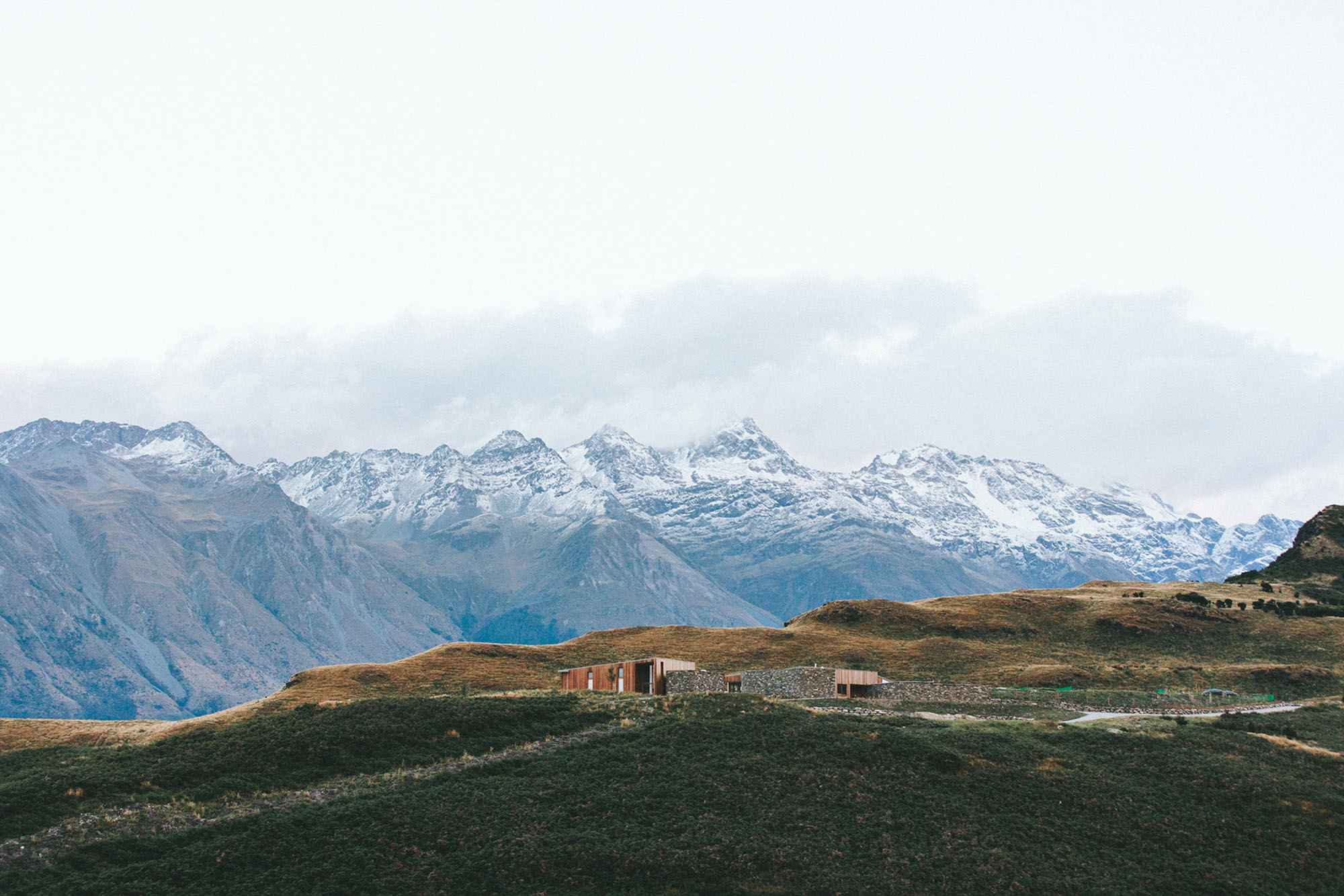The project was first proposed by Gunter Demnig in 1993. By 1995, the first stones were laid in Cologne (250) and Berlin (55). Today, there are over 48,000 Stolperstein in over 1000 locations within Germany and 17 other countries. Each and every one is handmade. While 48,000 of these little reminders seem like a lot, with over 6 million Holocaust victims, this is less than 1% of all those that lost their lives.
Next time you are walking along, and a golden glint catches your eye, stop. Take a look. Take a moment to remember, and perhaps even say a prayer for, not only the person whose name is on the plate, but all victims. Indeed, it is in remembering them that we have the power to stop it from ever happening again.
For more information on the Stolperstein project, visit the official website. Here, you can also submit information for a Stolperstein, or make a donation to help place more.
One person. One stone. One fate.





















